 T HE
T HE 
B EDSIDE
B ACCALAUREATE


T HE

B EDSIDE
B ACCALAUREATE

T HE S ECOND S EMESTER
EDITED BY DAVID RUBEL
AN AGINCOURT PRESS BOOK

New York / London
WWW.sterlingpublishing.com
STERLING and the distinctive Sterling logo are registered trademarks of Sterling Publishing Co., Inc.
10 9 8 7 6 5 4 3 2 1
A N A GINCOURT P RESS B OOK
Published by Sterling Publishing Co., Inc.
387 Park Avenue South, New York, NY 10016
2009 by Agincourt Press
For acknowledgments, see page 384.
Distributed in Canada by Sterling Publishing
c/o Canadian Manda Group, 165 Dufferin Street
Toronto, Ontario, Canada M6K 3H6
Distributed in the United Kingdom by GMC Distribution Services
Castle Place, 166 High Street, Lewes, East Sussex, England BN7 1XU
Distributed in Australia by Capricorn Link (Australia) Pty. Ltd.
P.O. Box 704, Windsor, NSW 2756, Australia
Book design and layout: Jon Glick/mouse+tiger
Printed in Singapore
All rights reserved
Sterling ISBN 978-1-4027-5633-7
For information about custom editions, special sales, premium and corporate purchases, please contact Sterling Special Sales Department at 800-805-5489 or specialsales@sterlingpublishing.com.
PREFACE
THE DIFFERENCE BETWEEN THIS BOOK and a miscellany is the difference between knowledge and trivia. The appeal of a miscellany lies in its variety; but in achieving breadth, miscellanies often lack depth and fail to promote understanding. The Bedside Baccalaureate is more than a miscellany because it presents detailed, focused overviews of subjects with which any well-educated person would want to be familiar.
The goal of The Bedside Baccalaureate is not the simple accumulation of facts (some of which you may already know), but the placement of those facts within a framework of knowledge. The twenty courses that make up the book have been created by experts in their respective fields with the intention of making the subjects accessible to nonexpert readers. The interplay among these subjects is intended not merely to inform (and entertain!) but also to encourage the cross-pollination of ideas and to broaden the mind.
No doubt there will be occasions when you have questions that the text, given its brevity, doesnt answer. For this reason, the contributors have provided suggestions for further reading (beginning on page 382), which you can consult. That youll want to read more should be expected, because learning is contagious; and once you get started, it can be difficult to stop.
HOW TO USE THIS BOOK
- The twenty courses are grouped, five at a time, into four sections, or syllabi. These sections are easily viewed in the table of contents that follows.
- Each course consists of eighteen single-page lectures that maximize clarity without comprising the integrity of the ideas. The lectures are rotated, rather than clumped together, to add some variety to the reading experience and also to mimic the heady mix of subjects that one encounters in the world of the intellect.
- You can dip into an assortment of subjects by reading just a page at a time; or, if a course really grabs you, you can skip ahead. Youll find the lectures for each course on every fifth page, and roman numerals next to the lecture titles keep track of the sequence for you.

SYLLABUS
I
American History
D AVID R UBEL
During the years leading up to the American Revolution, Boston was a hotbed of American radicalismthe scene of the Boston Massacre, the Boston Tea Party, and Paul Reveres Ride. In describing these and other events, this course examines the factors that caused the colonists of Massachusetts to take up arms against their mother country.
Math and Engineering
D AVID W. K RUMME
What makes the Internet work? This course dissects the technology behind websites, WiFi, email, and ISPs, describing the hardware and software that make the World Wide Web function. Youll become familiar with domain names, IP addresses, error-checking codes, and public-key encryption, as you learn what ,, and mean in HTML.
Art History
K IRSTEN J ENSEN
The 1913 Armory Show presented paintings and sculptures by such leading members of the European avant-garde as Marcel Duchamp, Paul Gauguin, Henri Matisse, and Pablo Picasso. The nonrepresentational styles in which these artists workednotably cubism and fauvismshocked critics and the public alike. The lectures in this course describe in detail the circumstances of the Armory Show, how it came about, and why it caused such a lasting sensation.
Social Sciences
M ARTHA H ADLEY
Trained as a doctor, Sigmund Freud devoted his medical practice to the treatment of patients suffering from illnesses for which there was no discernible physical cause. In treating these patients, he made a profound leap, recognizing that a large part of the human mind is unconscious, or largely inaccessible to awareness. This course describes how Freud came to make this breakthrough and how his theories developed over the course of his career into the discipline of psychoanalysis.
English and Comparative Literature
J ESSE M. L ANDER
This course examines Shakespeares experiments with the genre of tragedy. Attention is paid to classical and medieval precedents, but the emphasis is on the developmental arc of Shakespeares creative lifeespecially his move from an early preoccupation with social fatalism (in such plays as Romeo and Juliet and Julius Caesar) to the interest in human psychology shown in the major tragedies Hamlet, Othello, King Lear, and Macbeth.

SYLLABUS
II
World History
C AROLINE F ISHER
It is generally accepted that the Renaissance began in Italy and that the Italian Renaissance began in Florence. This course examines the question Why Florence?
Next page

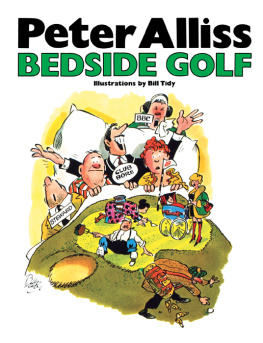
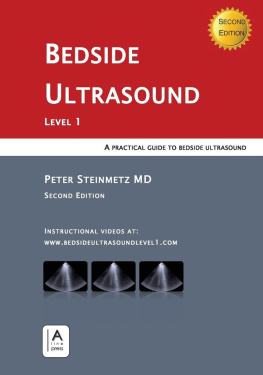
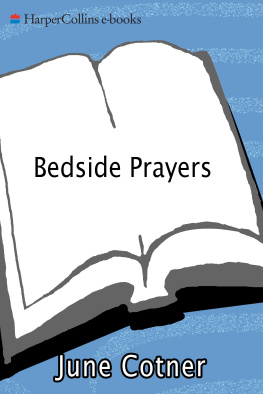
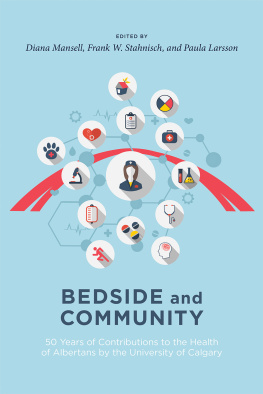
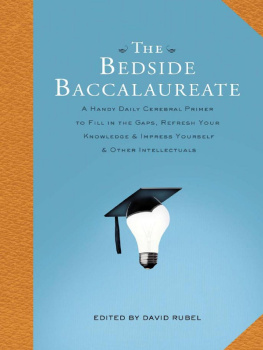
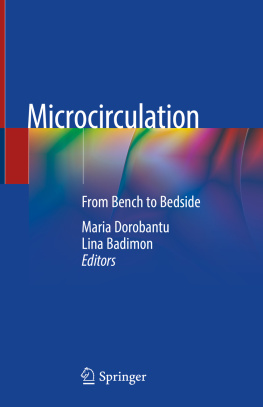
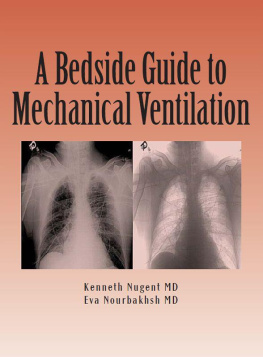
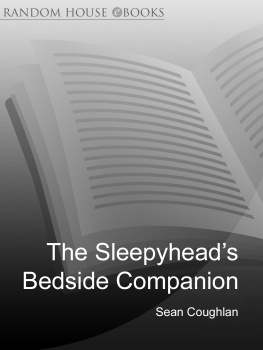

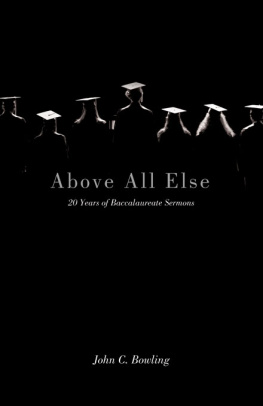
 T HE
T HE 

 T HE
T HE 


